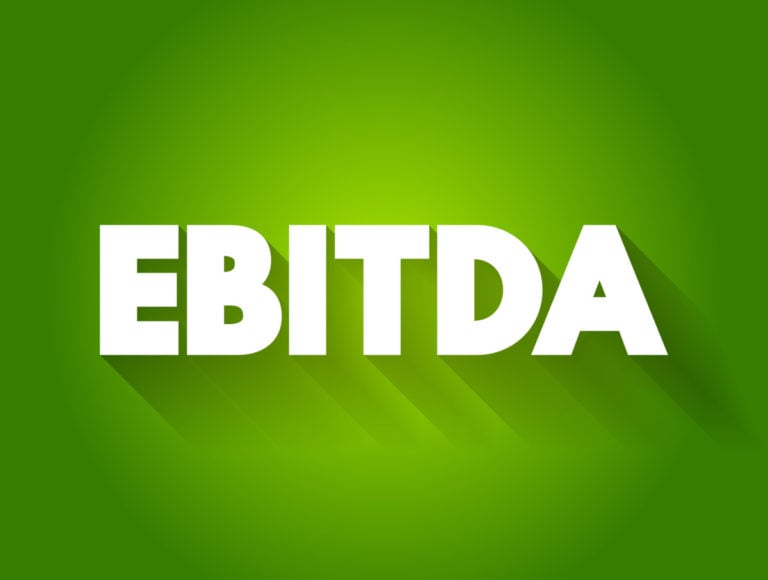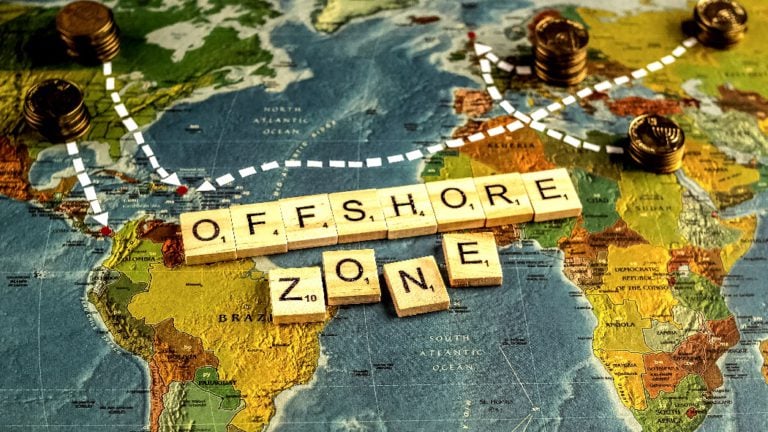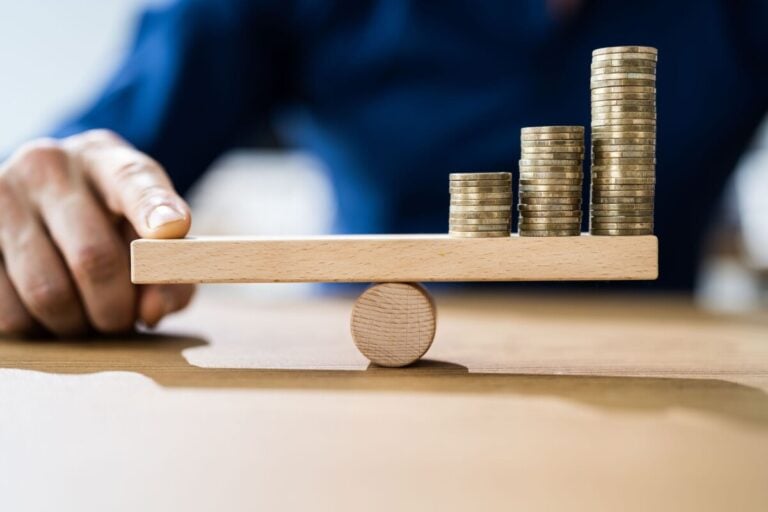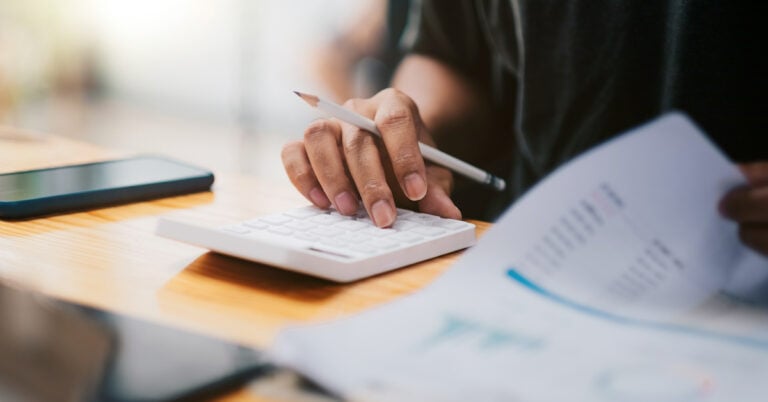Any company is interested in its value on the market growing from year to year. Business reputation or “goodwill”, as it is called in international practice, plays a major role in determining the final price.
According to research by the consulting agency Brand Finance the percentage of goodwill in the share of global companies ranges from 45% to 76%. That is, positive goodwill can increase the value of the company and provide it with additional income.
Types of goodwill
Goodwill can be positive (positive business reputation) or negative (negative business reputation).
Positive goodwill allows an organization to cooperate with large companies and have a number of privileges when concluding transactions. In general, such a business is seen as profitable and prosperous.
Negative goodwill indicates a damaged reputation. This can happen due to loss of consumer loyalty, scandals, or poor customer service.
What does goodwill consist of?
According to recognized international standards, when calculating goodwill, the following are taken into account:
- reputation of the company’s top officials (popularity, trends, personality);
- area of activity (for example, if a company is involved in animal welfare, this will have a positive impact on its reputation);
- customer loyalty (the longer a company is on the market, the more loyal customers it has, which increases goodwill).
What is the difference from intangible assets?
Although goodwill is classified as an intangible asset, there are a number of differences from it.
1. Has no material evidence
Business reputation cannot be “touched” in any way, while other intangible assets have tangible evidence. For example, trademarks are physical images.
2. Link to one company
The company can dispose of any intangible asset autonomously. Business reputation exists and is an addition to the company itself. It cannot be the subject of a transaction.
3. Features of write-off in accounting
Intangible assets are used for a long time, and their cost is transferred to products on which depreciation is charged. The initial value of these assets does not change.
The value of goodwill can be written off or redeemed and the goodwill will still remain in the enterprise.
According to international rules, business reputation is reflected in accounting at its original cost, and in the balance sheet – at its residual value.
How to evaluate goodwill?
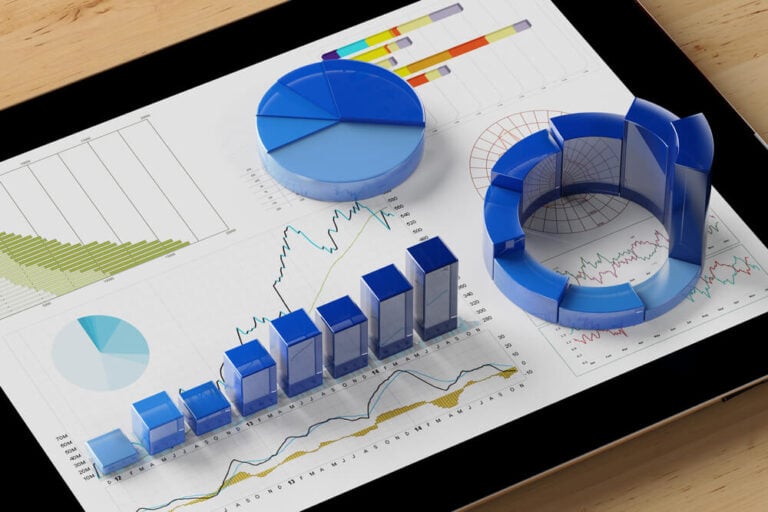
Cost method
One of the most common methods among analysts. This method takes into account the difference between the market price and the book value.
Analytics of purchase and sale transactions of similar enterprises helps determine the market value. The company’s profitability and solvency indicators are also taken into account.
Comparative method
Analysts rarely use this method because its results depend on the performance of other corporations. In the course of their work, specialists compare certain parameters of enterprises of the same specificity with similar data on profitability, number of employees, etc.
Proportional method
It is used to understand how much goodwill accrues to the largest shareholder. This can be understood if you subtract the share of the subsidiary and the share of the business as a percentage from the investment.
This method is common in international practice.
Method based on financial indicators
The most common financial indicator used when assessing goodwill is sales.
Then goodwill is calculated using the formula:
When is goodwill calculated?
Goodwill is calculated when a company is sold or merged with another.
Positive goodwill is an asset that will continually generate profits. You can influence it if you constantly monitor sales and analytics.
How to manage goodwill?
As the role of intangible assets, in particular reputation, begins to play an increasingly important role in the modern economy, companies have begun to pay more attention to this indicator.
Enterprises are trying to improve their reputation and strengthen their position in the market. This takes years and requires large investments. Companies that are willing to invest in goodwill will eventually receive satisfied customers who give positive recommendations and return themselves.
In times of crisis and declining profits, I would strongly advise organizations to pay attention to business reputation indicators. This can help attract new customers, as well as increase loyalty among existing customers, which will lead to increased profits and revenue.
A few simple techniques will help you increase goodwill:
- invest in marketing and branding (customers should recognize you by the sound of the advertisement, slogan or corporate colors on the logo);
- implementation of innovative work methods (nowadays people like innovations and know-how, you can play on curiosity);
- increasing customer service (train staff, write corporate communication strategies, participate in social events);
- close cooperation with partners (the more well-known and stable partners you have, the higher your rating in the eyes of clients);
- risk management (keep all potential risks under control and work proactively).





